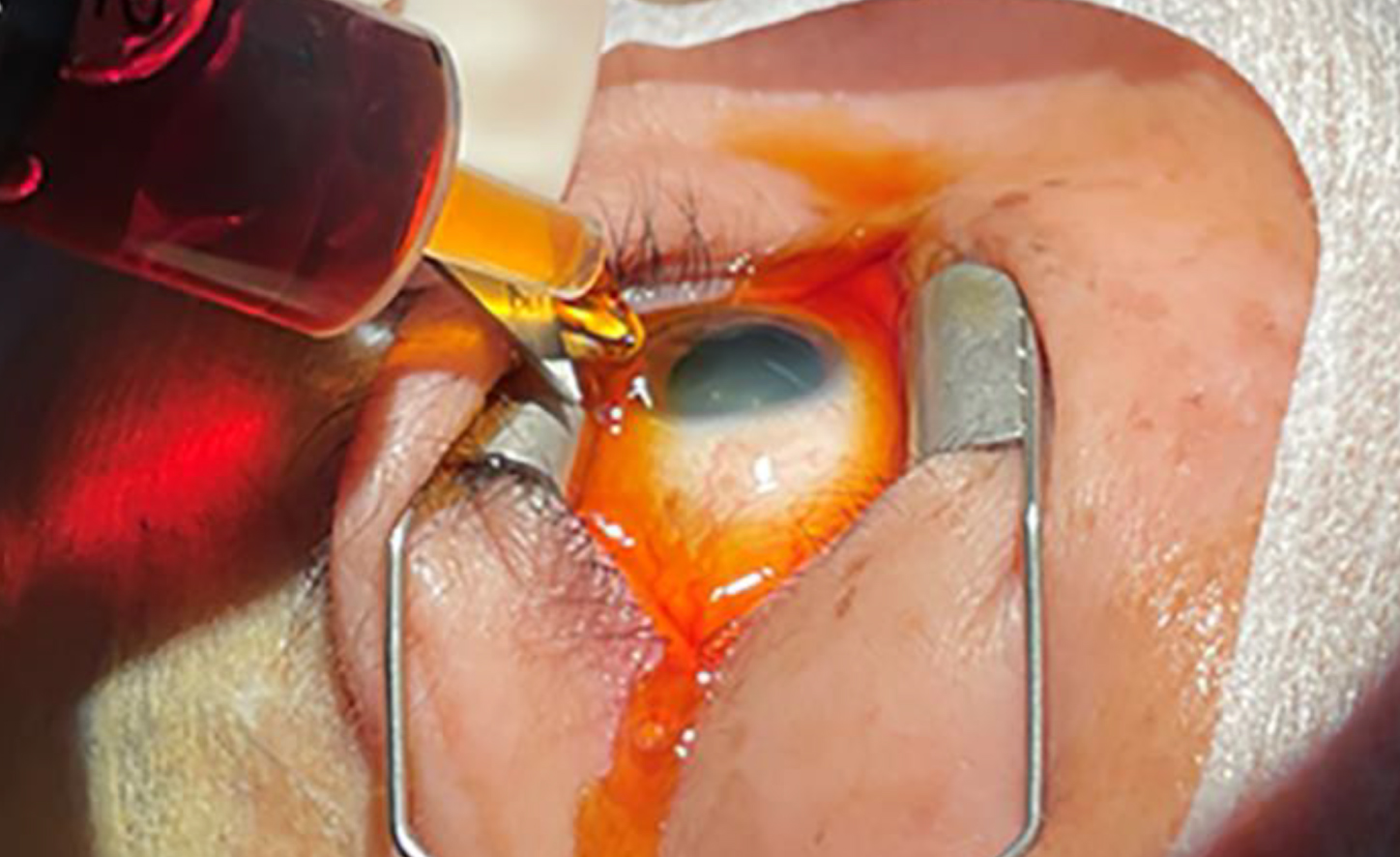 |
| Beware of dry eye symptoms and other signs of ocular surface damage, such as goblet cell loss and impaired tear film stability, when managing patients who receive frequent intravitreal injections followed by a PVI agent. Photo: Tanaka K, et al. J. Clin. Med. 2022, 11(3), 876. Click image to enlarge. |
While intravitreal injection is a widely used and effective treatment modality for numerous retinal diseases, patients are not spared from the risk of potential complications, endophthalmitis being one of the most devastating. Clinicians typically opt to apply povidone-iodine (PVI) on the ocular surface after an injection is administered to reduce a patient’s risk of this vision-threatening condition. However, like the injections themselves, PVI is not foolproof; the agent has been shown in numerous studies to compromise ocular surface health post-application. In addition to the short-term effects of PVI that have already been validated, a recent study is among the first to observe that repeated exposure can lead to chronic cytotoxic damage.
The study involved three separate cohorts: 52 eyes of 52 patients with AMD who underwent unilateral intravitreal injection at least three times in the last year (IVI group); 52 fellow eyes with no previous intravitreal injection (NIVI group); and 51 eyes of 51 healthy subjects (control group). Various ocular surface parameters were measured in each patient and then compared between groups.
The team reported that the IVI group had lower tear break-up time and a higher staining score than the NIVI and control groups, while Schirmer’s test scores showed no significant difference between groups. Additionally, the IVI group had a significantly lower goblet cell count and significantly higher Nelson staging result than the NIVI and control groups.
Tear cytokine analysis showed that IVI and NIVI groups had higher IL-1b and IL-6 levels than the control group, though the former two groups showed no difference from one another.
“It is evident that ocular surface epithelial cells and the tear film layer are adversely affected after PVI application,” the researchers wrote in their paper on the study, recently appearing in Eye & Contact Lens. “It is well known that the PVI molecule has a cytotoxic effect on the ocular surface because of its low pH (3.0-5.5), low osmolarity and surfactant, namely lauromacrogol,” the study authors wrote. They cited a prior study that reported “5% PVI caused increased corneal staining, decreased contrast sensitivity and dry eye complaints in the first 24 hours,” as well as another that showed “corneal epitheliopathy and dry eye complaints developed in the injected eye 20 minutes after intravitreal injection.”
Considering this evidence, it’s not all that surprising that repeated PVI exposure was shown in the present study to cause long-lasting damage to the front of the eye, the researchers suggested.
“This chronic ocular surface condition can permanently impair the quality of life of patients with already very poor vision throughout their long treatment,” they noted in their paper. “It may also reduce adherence to treatment and cause permanent vision loss in patients.”
The researchers summarized that “repeated PVI application can result in goblet cell loss and squamous metaplasia of epithelial cells, leading to impaired tear film stability and ocular surface-related symptoms.” Despite this finding, they noted, “the fact that PVI is an effective and safe antiseptic for endophthalmitis prophylaxis cannot be ignored.”
The study authors advise retina specialists and clinicians who manage patients receiving frequent intravitreal injections to look out for signs of chronic ocular surface damage in these patients to help recognize and treat it sooner.
Akbulut E, Kirik F, Aslanoglu CE, et al. The Inflammatory and cytological effect of repeated povidone-iodine application in patients receiving intravitreal injections. Eye & Contact Lens. 2023. |

